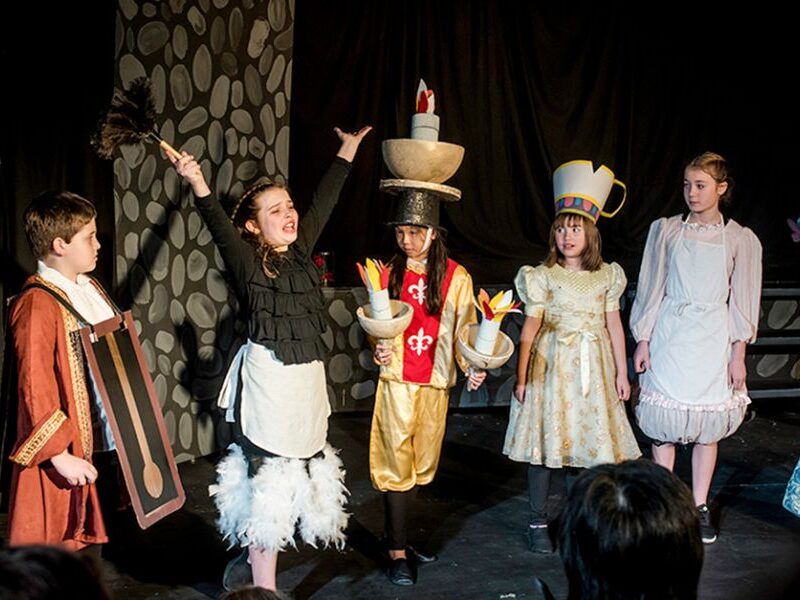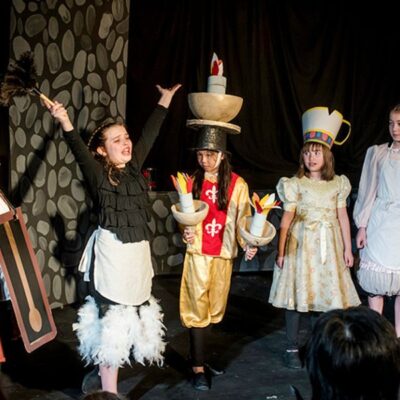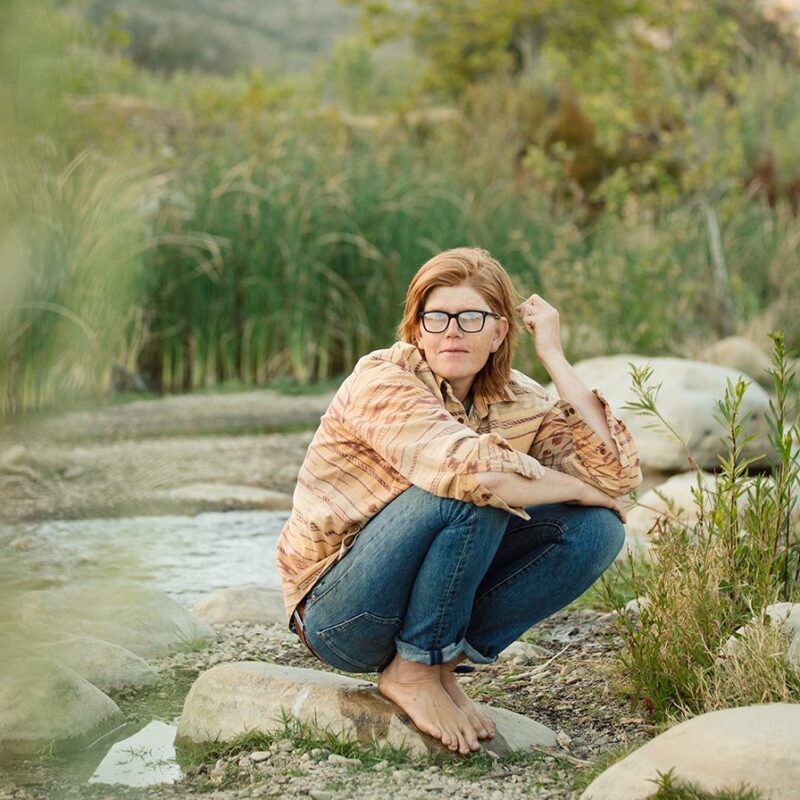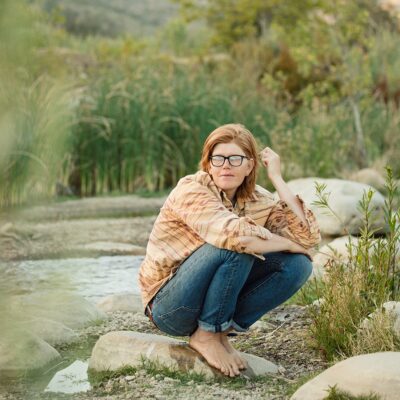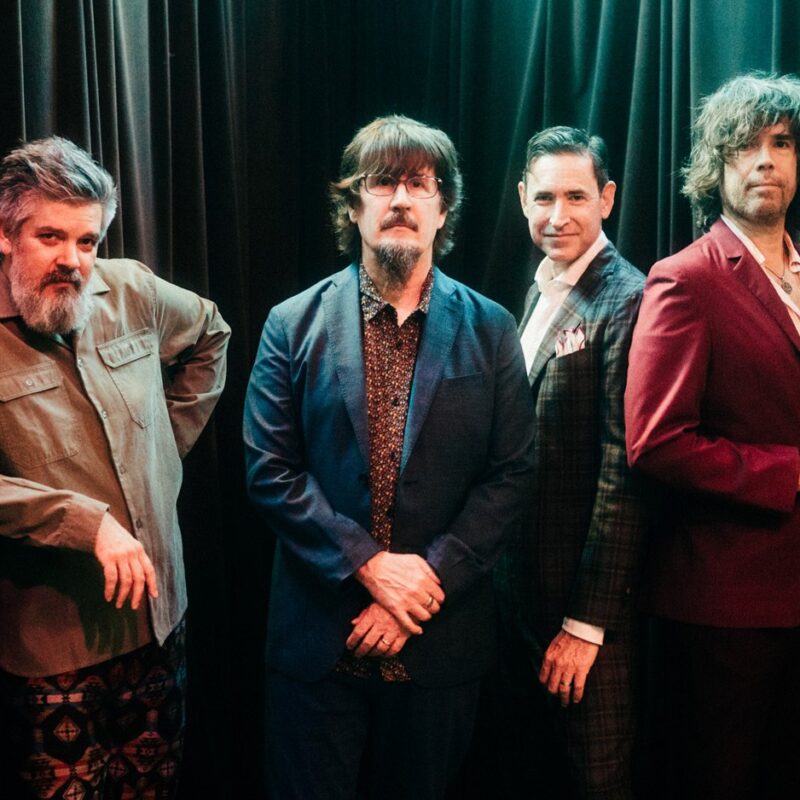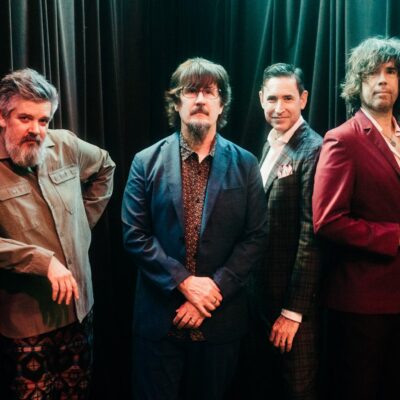What were you doing when we called?
I’ve been making a children’s book about Charlottesville with a friend of mine. One of the things I’m drawing is the Downtown Mall. But we want to make a big storybook portrait of Charlottesville, one that would be supposedly for kids, but hopefully the visuals and the writing will be interesting enough for everyone.
|
|
What is your first artistic memory from childhood?
Both my parents were artists and both my grandmothers were artists, and so my first artistic memories involve my family. I remember drawing at the kitchen table with my dad and my brother, and my dad is showing us how to draw cartoons and other little things. I also really remember my grandmother’s basement. My dad’s mom painted with oil paints, and so her basement smelled like turpentine and linseed oil.
Tell us about your day job.
I work in the communications department at the UVA Law School. I work with a great bunch of people. We do all the print designing, and we also build and maintain the website and do a lot of audio visual work. It’s great to work in an academic environment. The professors here deal with a lot of issues—everything from copyright law to human rights.
Tell us about a piece of art you wish were in your private collection.
I don’t think I have room for it, but if I could have anything I would want Giotto’s “St. Francis” fresco cycle—the group that’s in a church in Assisi, Italy. I spent the summer in Italy a while ago as part of a school group. One day we were going around looking at stuff and I was like, “Oh God, here we go, another old cycle of paintings.” But I walked into that church and they were just incredible. They tell the story of St. Francis’ life without any words, which is pretty democratic in a society where most people probably couldn’t read. I did a story based on these pieces called This is a Ghost, and I think if I had room in my house—which I don’t—I would like to have those in my possession.
If you could have dinner with any person, living or dead, who would it be and why?
I think it would be Guillaume Apollinaire, a French poet who was friends with Picasso and Braque back in the years leading up to World War I. He fought for France in the War and ended up dying right before it was over. He was sort of the leading light of the Parisian avant-garde in poetry, and he’s someone whose work I’ve drawn from a lot. I think that he’d be fun to have dinner with because not only would we sit and talk about, you know, art, and cubism and poetry and things like that. But I think he sounds like he would be a hell of a lot of fun just to hang out and get into crazy adventures with.
Which of your works are you most proud of?
I think in terms of a single thing, the book How To Be Everywhere that I published a few years ago is one of the things I’m most proud of. It’s a bunch of drawings based on the work of Apollinaire. I draw from other artists’ work all the time, and I think that sense of collage and remix is deep inside of a lot of artists’ heads now, even if it’s not really apparent from looking at the final product.
What would you do if you knew you couldn’t fail?
I would paddle out at Mavericks, this surf spot off California, in 40′ waves and go surfing. I grew up going surfing on the east coast in the tiny little beach break waves that we call waves here. If I knew I couldn’t fail I would paddle out into the biggest waves I could find and go surfing.
/RI_-IMG_0060.jpg) Warren Craghead, pictured with daughters Violet (left) and Ginger (right), makes art books that you can download for free off of his website,
Warren Craghead, pictured with daughters Violet (left) and Ginger (right), makes art books that you can download for free off of his website, 